
















Leadership,initsmostenduringform,isnotconfinedto
boardroomsorbusinessheadlines.Itisshapedbyvalues, carvedthroughhistory,andprojectedintothefuturewith purpose.Inthisspecialfeature, Bridging Eras, Building Minds,we havetheprivilegeofexploringtheextraordinaryjourneyofProfessor MaurizioBragagniOBE—anindividualwhoseleadershipredefines legacythroughintellect,heritage,andvision.
ProfessorBragagni’sstoryisnotmerelyoneofprofessionalexcellence; itisanarrativerootedinthetimelessidealsofclassicalwisdomand civicresponsibility.FromhisroleasCEOofTratosGrouptohis tirelessadvocacyforethicalbusiness,educationreform,andsocial mobility,heexemplifieswhatitmeanstoleadwithbothheartand foresight.Whatsetshimapartisnotonlyhismasteryofcommerceand strategybuthisrareabilitytoconnectancientphilosophieswiththe needsofafuture-facingworld.
Asthegloballandscapegrowsincreasinglyfracturedandfast-paced, theimportanceofgrounded,principle-ledleadershipbecomesever morevital.ProfessorBragagnistandsasabeaconinthiscontext—not simplyadaptingtochangebutshapingitthroughadeeprespectfor knowledge,culture,andservice.Hisworkinpromotingtechnical education,internationalcooperation,andsustainabledevelopment reflectsaholisticviewofprogress—onewhereinnovationisaligned withethics,andsuccessisshared,nothoarded.
Thiseditorialisatributetoaleaderwhobridgeseraswithintentionand buildsmindswithcompassion.Hisjourneyservesasbothareminder andacall:thatleadership,atitshighestform,isanactofstewardship. Ithonorsthepast,engagesthepresent,andpreparesthepathforfuture generations.
IncelebratingProfessorBragagni,wealsocelebrateamodelof leadershiptheworldneedsmoreof—visionary,inclusive,and timelesslyhuman.

The New Age of Leadership as Legacy: The Timeless Vision of Professor Maurizio Bragagni OBE - From Ancient Wisdom to Future-Ready Education
Building Resilience: Emotional Intelligence in School Curriculums
The Educator-Influencer: Thought Leadership in Academia

Art
Business
Business
Digital
Co-designer
Marketing


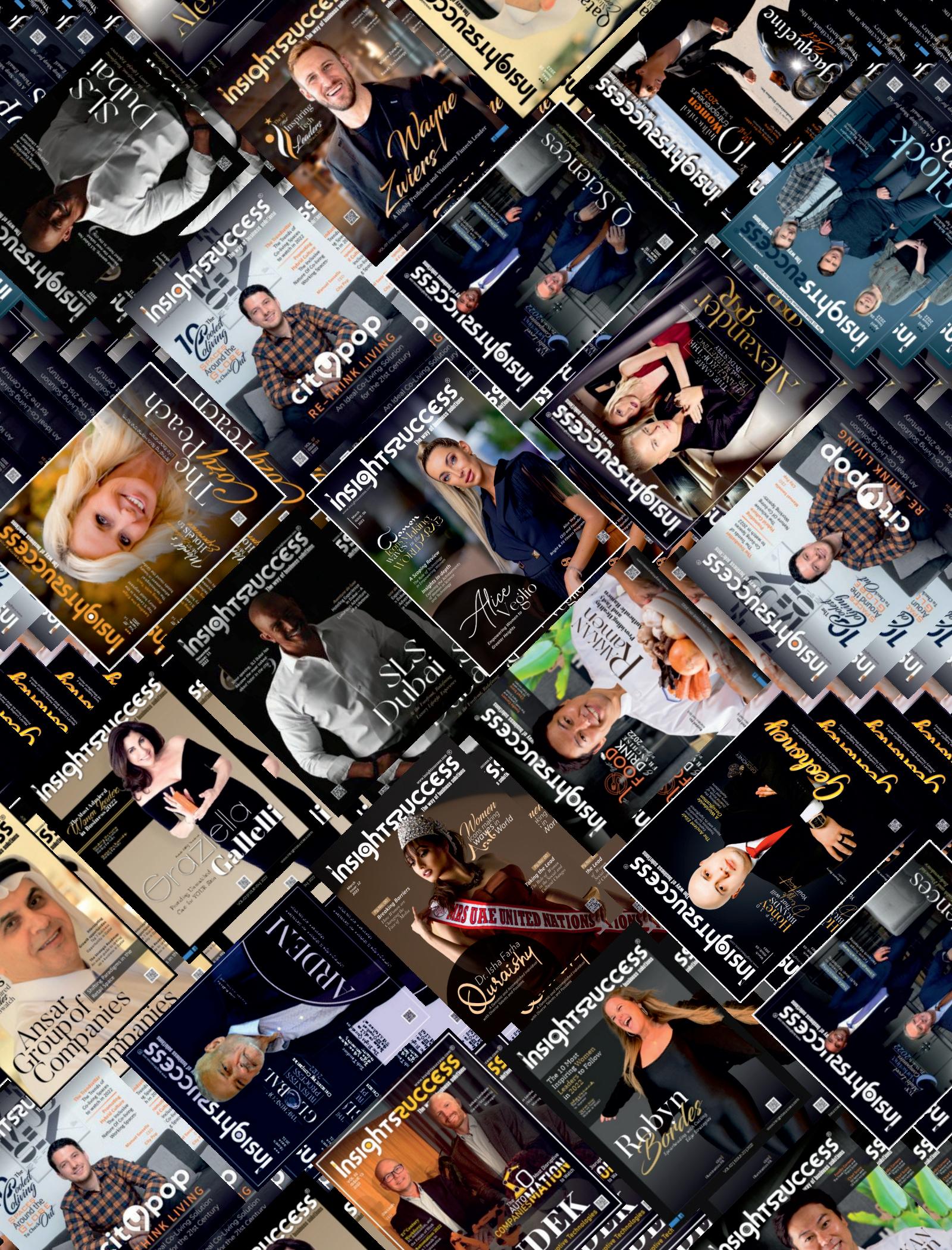








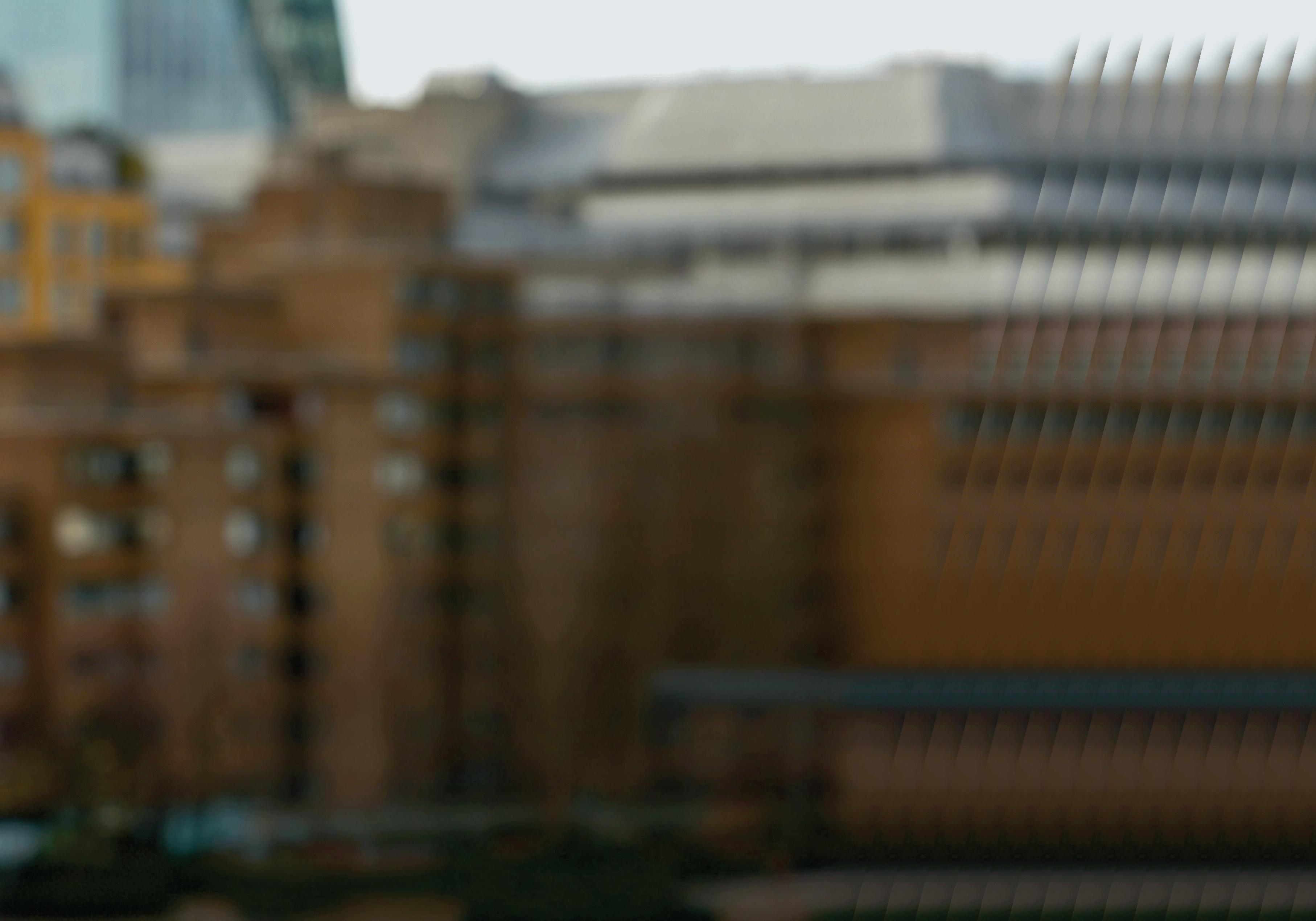


Professor Maurizio Bragagni OBE CEO | Tratos Group

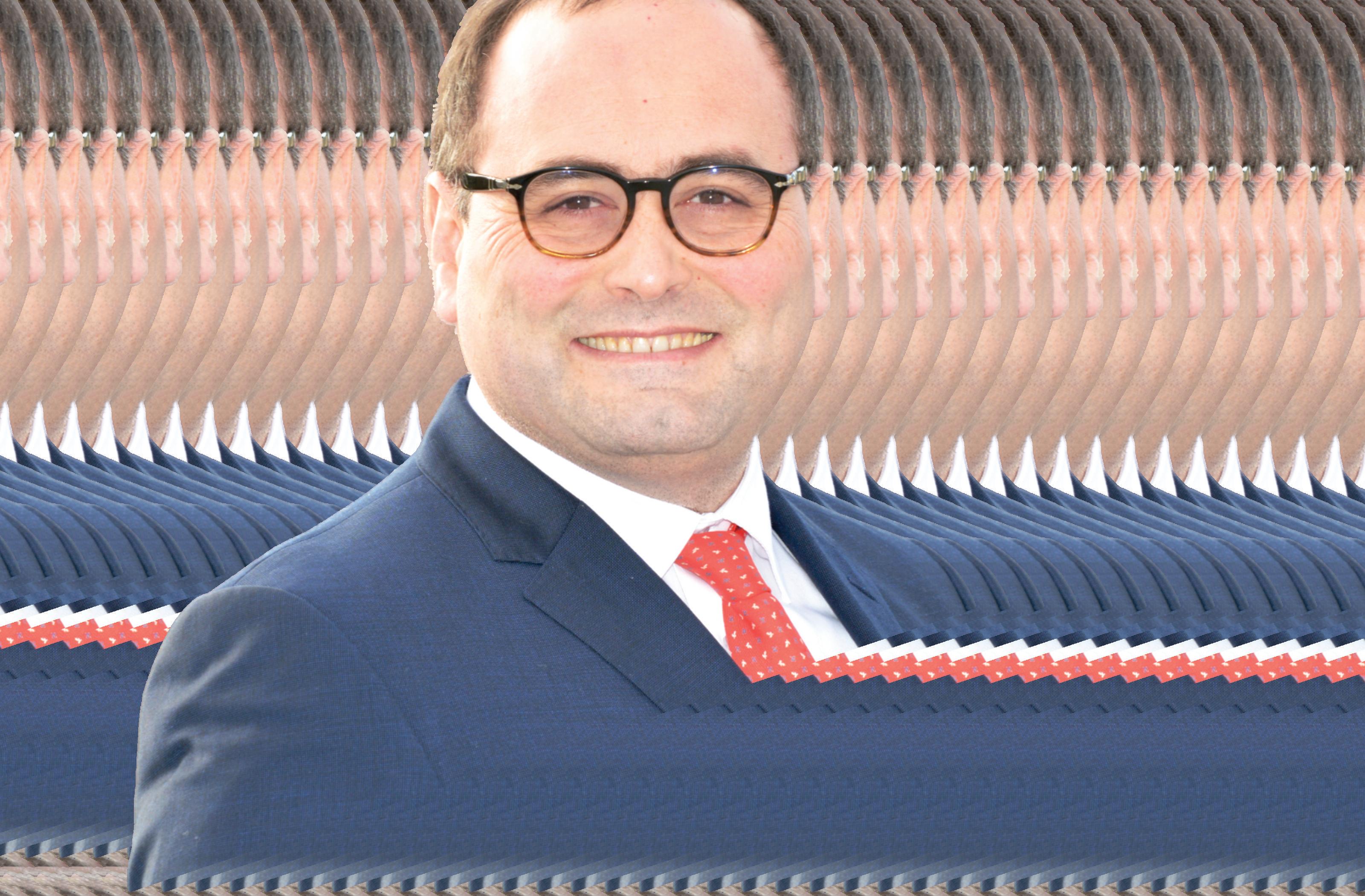

BridgingEras,BuildingMinds:TheVisionaryLeadershipofProfessorBragagni
In today’s tech-transformed times, everything has been undergoingakindofevolutionthatmanytimesseemsto bearevolution.Inthatsense,theconventionalnotionof leadership had changed. Professor Maurizio Bragagni OBE, theCEOofthe ,takesusthroughthatjourneyof TratosGroup transformationbybeingthevisionaryleadingguide,whichhe trulyis.
So, when asked what personal experiences most shaped his philosophy on leadership in education in his academic journeyasaprofessorfromhislatestinfluentialroleasaCEO, Professor Bragagni says in his humble manner, “Thank you foryourquestion.”
LeadingwithPurpose,NotPower
His philosophy on leadership in education was profoundly shaped during his MBA at Bayes Business School. It was there that he learnt a powerful lesson: to lead is to serve a greater purpose Leadership is not about maintaining authority but about adaptability — stepping forward when necessaryandsteppingasidewhenothersarebettersuitedto guide.
He recalls, “In our cohort, we called ourselves “The Claudians,” after the Roman Emperor Claudius — not the most celebrated, but perhaps one of the wisest because he understood the power of listening and adapting. We were six individualsfromvastlydifferentbackgrounds—wejokedthat we had six popes in one room — and yet, the richness of our experiencelayinthatdiversity.”
There were moments when Professor Bragagni had to lead and others when he had to support someone else in leading—because they had a deeper insight into the subject at hand.Flexibilityandhumilityinleadershipbecamecentralto hisapproachinbothbusinessandeducation.
Purpose in the Classroom, Purpose in the Boardroom: EmpoweringMindsAcrossEveryArena
Spokenoftenaboutthevalueof‘purpose-drivenleadership,’ Professor Bragagni defines purpose within the walls of a university or lecture hall compared to the corporate boardroom in his own unique style. “To me, purpose means empowering minds — in a university, that means nurturing curiosity, integrity, and confidence.”Inabusiness,itinvolves unlocking the potential of your people and guiding them towards a shared goal. However, in both cases, leadership remains the same: it’s about helping others bring forth their talentsanddotheirbestforthescopeofthemission.

“Innovation and tradition do not pull in di�erent directions — that’s a modern misunderstanding. As Cicero said, “Historia est testis temporum, lux veritatis, vita memoriae, magistra vitae, nuntia vetustatis” — history is the witness of time, the light of truth, the life of memory, the teacher of life, the messenger of antiquity.”




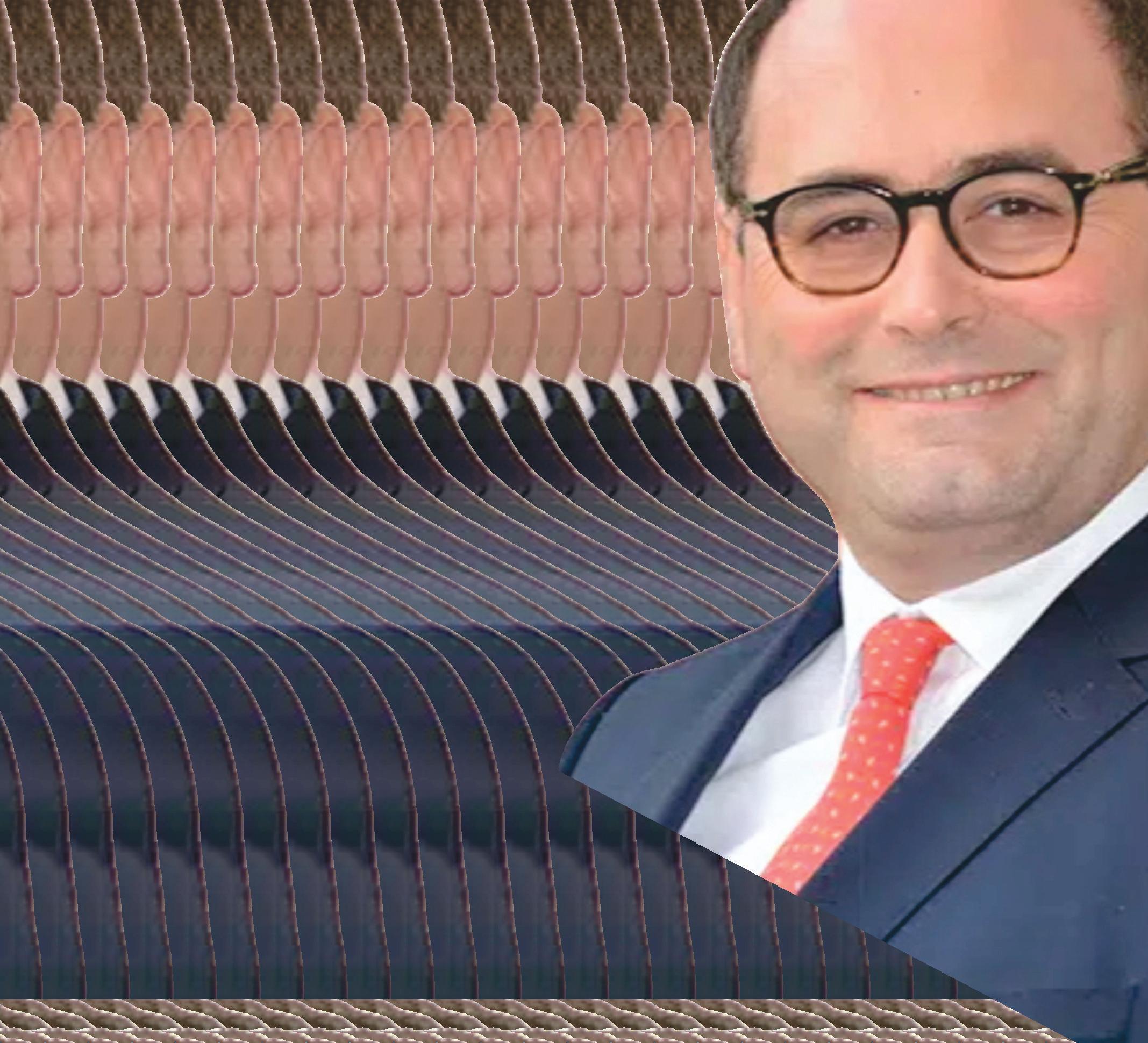


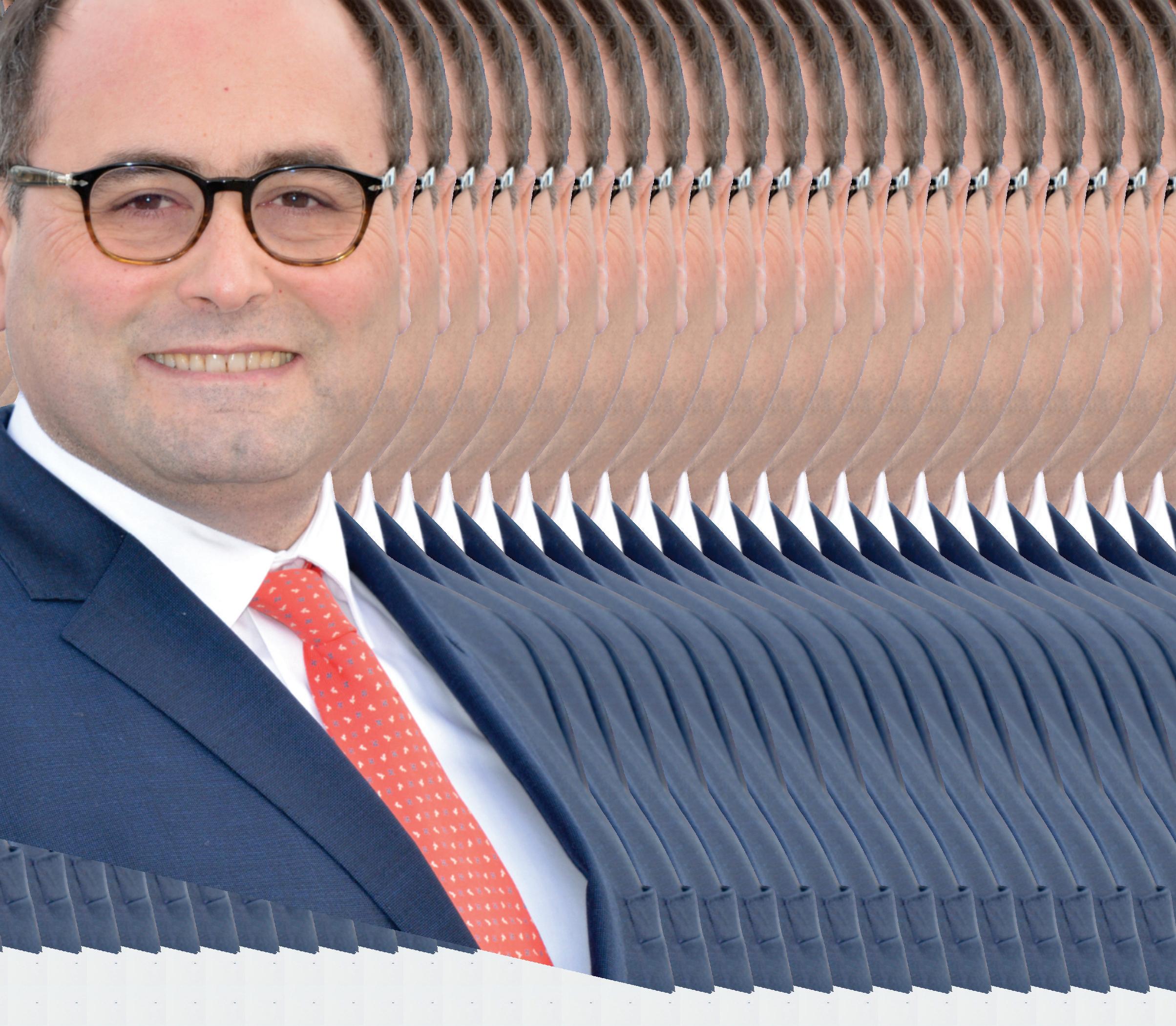


“Leadership in this new world is not about dominance or control — it’s about service. To lead is to serve others: to understand their needs, to guide with humility, to create value not just for oneself, but for the community and future generations.”
Trueleadershipisnotaboutcontrol;it’saboutempowerment. And the ultimate goal? Achieving happiness through meaningful success. There is nothing wrong with being ambitious.
Thereisnothingwrongwithwantingtosucceed—orevento makemoney—solongasyoudoitwithpurpose,ethics,and inserviceofsomethinggreaterthanyourself.
At Bayes, during his MBA, Professor Bragagni experienced thisfirsthand.Hewasre-educatedbythepeoplearoundhim — they called themselves “The Claudians” — each of them contributing different strengths. “Sometimes I led, and other times I stepped back so others could lead. That flexibility taught me that leadership is not a position; it’s a mindset.” Purposemeansknowingwhentostepforwardandwhentolift othersup.
In the end, whether in the lecture hall or boardroom, leadershipmustaimtoimprovelives.That’sthepurpose.



When suggested that innovation and tradition often pull in differentdirectionsandaskedhowhebalancestheseforcesin his approach to educational leadership, Professor Bragagni says, “I would respectfully challenge the premise of the question.” Innovation and tradition do not pull in different directions — that’s a modern misunderstanding. As Cicero said, “Historia est testis temporum, lux veritatis, vita memoriae, magistra vitae, nuntia vetustatis” —historyisthe witness of time, the light of truth, the life of memory, the teacheroflife,themessengerofantiquity.
Traditionisnotaconstraint—itisthevesselthatcarriesour valuesacrosstime.Innovationisnottheopposite—itisthe methodbywhichweapplythosevaluesinthepresent.Inhis approach to educational leadership, Professor Bragagni sees tradition as the compass and “Innovation as the ship that carriesusforward.”
“Wepreservethedignityofeducationnotbyrejectingmodern tools or methods, but by using them to serve timeless principles — truth, integrity, intellectual courage.”Whetherheis leadingauniversityorabusiness,heneverseesinnovationas arebellionagainstthepast.Rather,heseesitas the fulfilment oftradition— “Awaytokeepouridealsaliveandrelevant.”
Thisishowheleads:withrespectforwhatenduresandwith responsibilityforwhatmustevolve.
TheCaseforCross-DisciplinaryLearning:Preparingfor aWorldBeyondSilos
Professor Bragagni is known to advocate for crossdisciplinary learning.When asked what it means in practice and why he believes it is essential for today’s students, he replies, “Thank you I strongly believe that crossdisciplinary learning is not just beneficial, but essential, especiallyinourtime.”
“WearelivinginaneraastransformativeastheFirstIndustrialRevolution.ArtificialIntelligenceissettoreshape—or evenreplace—manyoftoday’sjobs.”Inthiscontext,narrow specialization is not enough. “What we need is integration: theabilitytoconnectknowledgeacrossdisciplines,toadapt, andtokeeplearningthroughoutlife.”
Cross-disciplinarylearningmeansbreakingtheartificialsilos between subjects — because the world doesn’t operate in silos.Inpractice,thismeansencouragingstudentstocombine economics with ethics, data science with history, and technologywithphilosophy.“Justastheearliestuniversities
brought all knowledge into a unified universum, we must returntothatholisticvision.”
Infact,thehighestdisciplineinthetraditionaluniversitywas theology — the “science of God” — because it asked the deepestquestions:“Why are we here? What is our purpose?” Alldisciplinesultimatelyservethispursuitofmeaning.
“Today,ifwewantourstudentsnotonlytosurvivebuttolead in thisAI-driven world, we must teach them to think across boundaries.” To connect logic with empathy, history with innovation, and numbers with narratives. “That is how we preparethenextgeneration—notjustofworkers,butofwise, ethicalleaders.”
Empathy as Strategy: Leadership Lessons from ‘ProfessorGeorgeHolmes’
Whensuggestedthatleadingintheeducationsectorrequires not just knowledge but empathy, Professor Bragagni agrees, “Absolutely — leadership in education is not simply about knowledge or structure; it is fundamentally about empathy “And rather than speaking of myself, I’d rather honour someone who exemplifies this at the highest level: Professor George Holmes, Vice-Chancellor and President of the UniversityofBolton.”
Throughhisdeepempathy—notjustforstudents,butforhis staff, for the local community, and for the transformative powerofeducation—heledwhatmanythoughtimpossible: the transformation of a regional institution into what is now the University of Greater Manchester. It wasn’t just rebranding — it was a reinvention driven by a vision that placedpeoplefirst.
He listened. He understood. He inspired. In doing so, he createdauniversitythatmeetsstudentswheretheyarewhile raising them to where they could be. “I witnessed firsthand how his leadership, rooted in empathy, created opportunity, loyalty,andexcellenceacrosstheinstitution.”
That,toProfessorBragagni,istrueeducationalleadership— not through prestige or policy alone, but through human connection. “And it reminds us all that the most powerful reformsbeginnotinpolicypapers,butintheheart.”
Misconceptions of Leadership: Commanding vs Guiding intheWorldofEducation
Further, in his opinion, one of the biggest misconceptions aboutleadershipineducation—andleadershipingeneral— istheideathataleadermustcommand.Thatleadershipmeans

“One of the biggest misconceptions about leadership in education — and leadership in general — is the idea that a leader must command. That leadership means giving orders, imposing authority, or always being the loudest voice in the room. In my experience, that’s not leadership — that’s performance.”






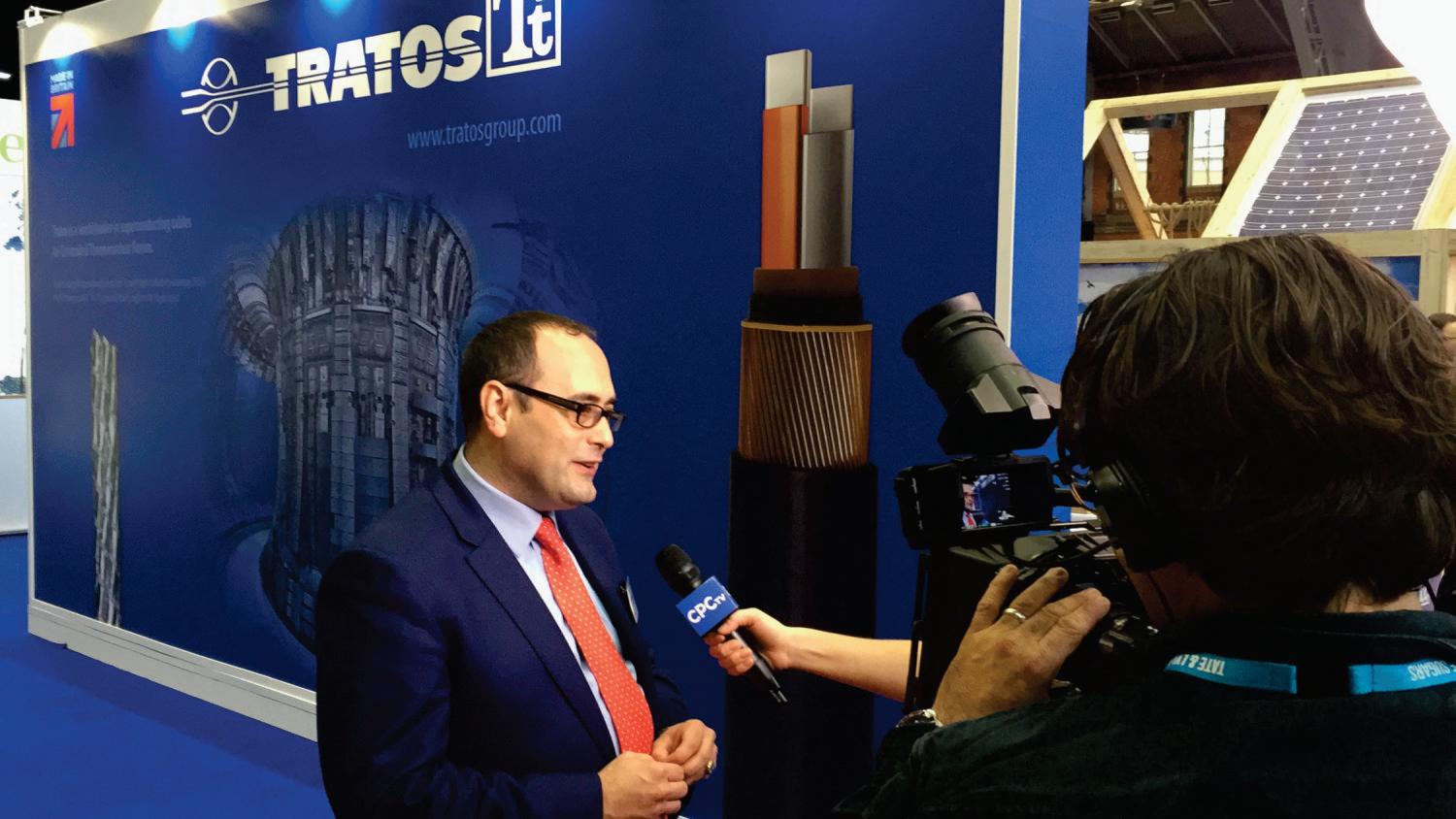

“We were six individuals from vastly di�erent backgrounds — we joked that we had six popes in one room — and yet, the richness of our experience lay in that diversity”
givingorders,imposingauthority,oralwaysbeingtheloudest voiceintheroom.
In his experience, that’s not leadership — that’s performance True leadership is not about controlling others but about guiding them. It’s about understanding the human dimensionofeducation.Aleaderlistens,inspires,supports— and sometimes leads best through silence, trust, or a welltimedword.
“Let’sbehonest:howmanytimesinourliveshasasoftvoice, aquietword,oraprivatecorrectionmademoreimpactthana publicorderorgrandspeech?Eachofuscanrecallamoment when someone guided us gently but firmly — and that changed our course more than a thousand commands ever could.”
That’showhechallengesthemisconception: by leading with presence, not pressure By fostering environments where people grow through encouragement, not fear In education, where shaping minds and characters is at stake, this form of leadershipisnotjustbetter—it’sessential.
The global classroom is rapidly changing with AI, digital learning, and cultural diversity. However, according to ProfessorBragagni,theuniversity’sfundamentalrolehasnot


changed — and should not change — “Even as the world around us is transformed byAI, digital learning, and growing culturalcomplexity.”
Thecoremissionofanytrueuniversityistohelpformcritical minds. Minds that do not simply absorb information but questionit.Theydonotjustfollowtrendsbutunderstandtheir meaning. In a world that is constantly shifting, the only real preparationwecangiveourstudentsistheabilitytothink,to reflect,andtoadapt.
Leadership in this new world is not about dominance or control — it’s about service To lead is to serve others: to understandtheirneeds,toguidewithhumility,tocreatevalue not just for oneself, but for the community and for future generations.
So,whiletheplatformsmaychange,theessenceofeducation remains the same. “We are not training machines; we are forminghumanbeings—withconscience,curiosity,andthe capacity to lead with wisdom. That is our task. That is our responsibility.”

“To me, purpose means empowering minds — in a university, that means nurturing curiosity, integrity, and con�dence.”



“Life is too short to live someone else’s version of it. Don’t be afraid to try. Don’t be afraid to fail. Make mistakes, learn from them, and keep following your true north. Never let fear or convention silence your inner voice.”
“And that is why we must remain committed to cultivating criticalminds—becausetheyarethetruefoundationofany justandresilientsociety.”
Mentorship:TheSacredThread
Professor Bragagni’s foundation is strong because mentorshiphasbeenaconstantthreadthroughouthislife— and he considers himself profoundly privileged for the mentorswhoshapedhimfromchildhoodtotoday
Itbeganinschoolwith Maestra Carnescialli,whofirsttaught him discipline and curiosity Then came Professor Paffetti, Professor Rizzo, Acquisti, and Donati Sarti —eachofwhom, indifferentways,challengedhimtothinkbeyondtheobvious. Later, during university and in professional life, he was guidedbyremarkablemindslikeProfessorAjayLanzolla,Dr Notti Gobbi, Professor Ruozi, and the engineers Rudilosso and Civili — each of them offering not only knowledge but wisdom.
But mentorship isn’t only academic. Professor Bragagni’s father, Germano, and uncles Albano and Marcellino taught him the values of integrity, hard work, and even the doubleentryaccountingsystem—askillandametaphorforbalance inlife.

“Today, if we want our students not only to survive but to lead in this AI-driven world, we must teach them to think across boundaries. To connect logic with empathy, history with innovation, and numbers with narratives. That is how we prepare the next generation — not just of workers, but of wise, ethical leaders.”
Professor Bragagni sees mentorship as a sacred relationship —likethebondof one master and one disciple,astoldinthe story of Saint Francis and Brother Leo. Saint Francis, walkingbarefootthroughthesnowwithLeo,taughtthattrue teaching comes not from words but from example — from livingthevaluesyouwishtopasson.Itisapathofhumility, discipline,andmutualrespect.
Today,hepaysthatmentorshipforwardbydoingexactlywhat hismentorsdidforhim:believinginothers.“Itaketimewith my students. I challenge them, guide them, and sometimes simply walk alongside them —justasFrancisdid.”Because truementorshipisnotaboutinstructingfromabove;it’sabout servingbeside.
“AndifIhavedoneanythingworthwhileinmyacademicor professionallife,itisthankstothemanymentorswhohelped me become not just more knowledgeable but more human.”
HonoursthatHumble
Receiving the ‘Officer of the Most Excellent Order of the British Empire (OBE)’ was a deeply symbolic moment in ProfessorBragagni’slife—arecognitionnotjustofwhathe has done but of the values he holds dear.To be honoured by Her Late Majesty The Queen, someone he deeply admired, wasbothaprivilegeandaresponsibility
He’s often said that he is not immune to compliments — “None of us are. We all need encouragement, and the OBE was exactly that for me — a powerful expression of support that came at the right time, confirming that my efforts in industryandcharityhadmeaningbeyondnumbersortitles.”
More importantly, it strengthened his drive to give back, especiallyinthefieldofeducation.Recognitionbringswithit the duty to do more, to inspire others, and to help shape a generationthatisnotonlyskilledbutprincipled,courageous, andcompassionate.
“So, yes — the OBE fuels me. It reminds me that leadership is notaboutstatus,butservice.”Andthatineducation,asinlife, the highest honour is to make a meaningful difference in someoneelse’sjourney
AMessage to Future Generations: Living with Courage, Purpose,andLove
Finally, Professor Bragagni says that if he could speak directlytohisstudents—past,present,orfuture—hewould saythis:
Lifeistooshorttolivesomeoneelse’sversionofit.Don’tbe afraidtotry.Don’tbeafraidtofail.Makemistakes,learnfrom them, and keep following your true north Never let fear or conventionsilenceyourinnervoice.
Stay curious, stay kind, and never stop growing. Success may come in many forms, but the greatest success is to live with purpose—andtofindhappinessinthatjourney
“Andaboveall,Ipraythatyouwillfindalove—inlife,in work, or in another soul — that makes you mad, makes youwhole,andmakesyoutrulyhappy.”
Because, in the end, that is what makes everything else worthwhile
In today's complicated world, academic success is no longer sufficient in preparing students for the varied challenges of adulthood. While schools everywhere grapple with the problem of producing whole persons, emotional intelligence (EI) has emerged as a key area of concern.Puttingemotionalintelligenceintoschoolcurricula is no longer a luxury but a necessity in developing good, compassionate,andsociallyresponsiblefuturecitizens.
Fromsettlinginterpersonaldisputestocopingwithstressand making effective decisions, emotional intelligence equips youngstudentswithasetoftoolsnotonlytoexcelinschool, but in life. By integrating EI into the curriculum of schools, schools are not only advocating improved learning environments, but setting the stage for continued psychological well-being, personal growth, and global understanding.
Defining Emotional Intelligence in the Educational Context
Emotional intelligence is the talent for knowing, understanding,managing,andexpressingemotionsinaway that enhances functioning in all sorts of contexts, including work and personal relationships. In school, what this will mean is that students will be instructed in self-regulation of feelings,establishmentofhealthyrelationships,constructive managementofstress,andknowledgeofself.
Contrarytoothercurriculumtopics,EIisneitherlearnedfrom a textbook nor assessed by an examination; rather, it is establishedoneverydayinteractions,reflectivepractice,and specially devised activities that promote emotional literacy
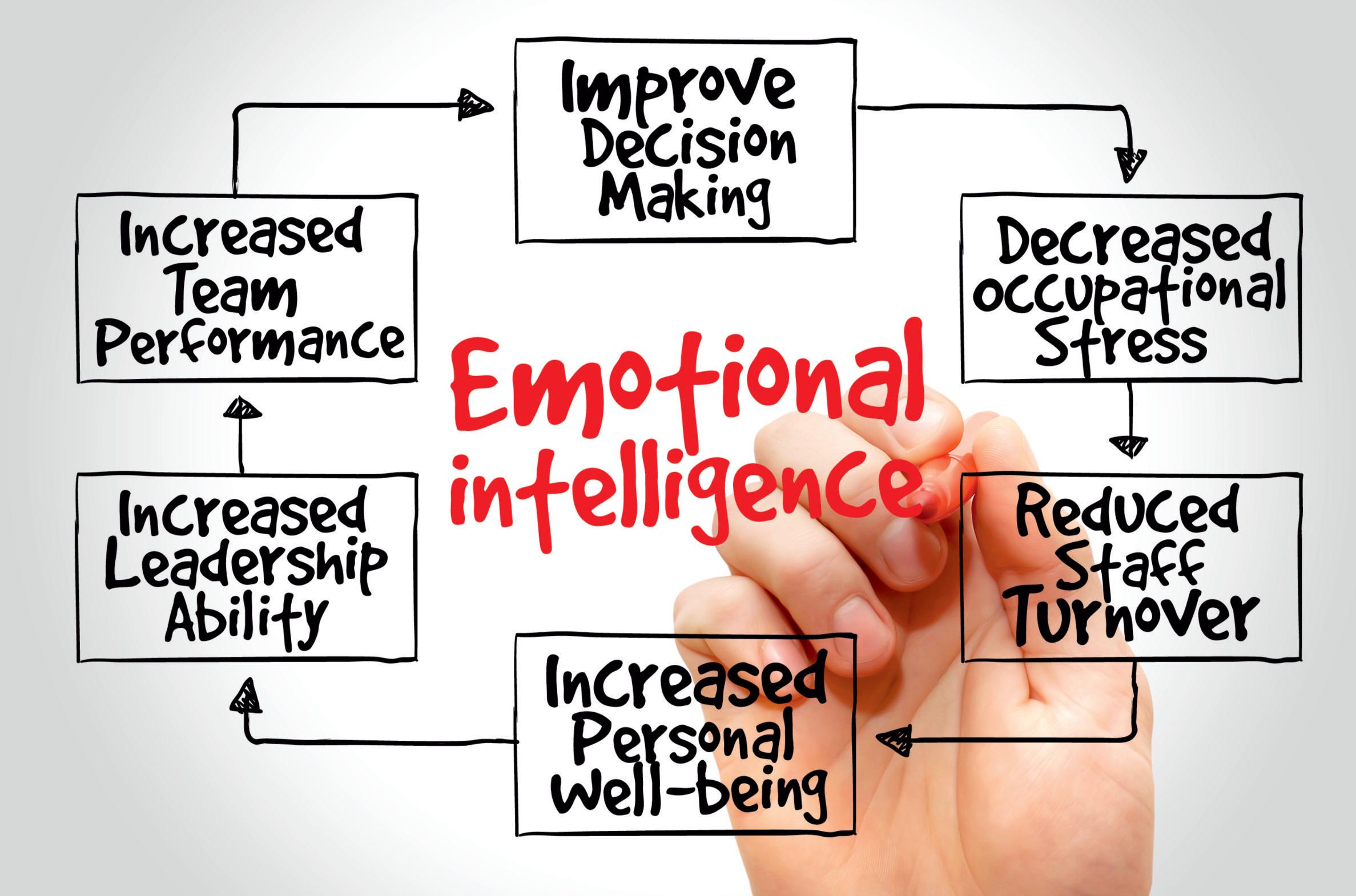
and social sensitivity Given the direct relationship between school emotional climate and student achievement, instruction in EI within the curriculum is both a pedagogy imperativeandaninvestmentinpublichealth.
WhyEmotionalIntelligenceBuildsResilience
Resilience—theabilitytobouncebackfromadversity,adjust tochange,andpersevereinthefaceofchallenge—isforever wedded to emotionalintelligence.Children with high EI are

more apt to master the coping skills they'll use to manage disappointment, recognize their triggers, and access help whenit'snecessary.
IncorporationofEIinschoolcurriculumsmakesthestudents understand that failure is not something judged but felt. It makesthemlookatadversityasadevelopmentandnotdefeat orientation By developing self-efficacy and emotional regulation, EI equips the learners to turn adversity into opportunityandproduceamoreresilientgroupoflearners.
Foremotionalintelligencetobegrown,itshouldbeintegrated into the school culture and not an afterthought. The world's highest-performing school systems are now integrating EI into the academic curriculum, after-school curricula, and classroomdisciplinepolicies.
These can include systematic empathy instruction, communication instruction, and self-reflection instruction;
journaling and mindfulness activities; restorative justice circles; peer mediation initiatives; or project-based learning that stresses collaboration and perspective-taking. Teachers also are charged with modeling emotionally intelligent behavior and providing warm, supportive classroom environments.
Also, the practices of testing are changing to measure emotionaldevelopmentinadditiontoacademicachievement. Portfolios, self-assessment, and teacher observation can be used to monitor a student's development within emotional competencies—restoring the point that success does not necessarily stem from intellect but also from integrity, compassion,andresilience.
Te a c h e r s a r e n o t j u s t t r a n s m i t t e r s o f information—secondarily,theyarerolemodels,mentors,and emotionalstabilizerstostudents.Therefore,itisimperativeto train teachers with emotional intelligence training Professional development workshops based on emotional literacy, trauma-sensitive teaching, and social-emotional learning (SEL) approaches are increasingly being integrated intoteachereducation.
An emotionally intelligent teacher is more able to control classroom dynamics, defuse tension, and develop positive relationships with students. More deeply, they are able to provideapsychologicallysafespaceinwhichstudentshear, are respected, and are valued—conditions required for both emotionalandacademicsuccess.
The increasing incidence of depression, anxiety, and emotionaldistressamongyoungpeople,fueledbythecyber revolution,schoolstress,andworldwideuncertainty,makesit more necessary than ever to incorporate emotional intelligence into school curricula. Education about EI is a preventive measure that equips young people with the awareness of understanding and coping with their emotions priortoproblemsescalatingintopsychiatriccrises.
Bybecomingmorecomfortablewithemotionalconversation and educating students about how to interact emotionally, schoolsareabletode-stigmatizementalhealthandencourage early intervention. Emotional intelligence then becomes the foundation for preventative efforts towards wellbeing throughouttheeducationsystem.
Fromnationtonationandculturetoculture,thedemandfor emotionalintelligenceinschoolingisbuildingstrength.From the United Nations' focus on "Education for Sustainable Development"totheOECD'sintegrationofsocial-emotional skills into international student testing, it is evident that the futureofschoolingisbothintellectualandemotional.
Governmentofficials,teachers,andcurriculumplannersnow have to work together to render emotional intelligence no afterthought but a cornerstone of school reform. In city classroomsasincountrytowns,allchildrenhavetobeableto receiveaneducationthatteachesthemnotonlytopasstests, buttoleadrich,resilientlives.
Theinclusionofemotionalintelligenceinschoolcurriculais a milestone toward the education of the whole child—mind, heart, and soul. By so doing, schools are more than just learning institutions, but nurseries of character, nests of compassion,andgardensofcourage.
Resilience on the scaffolding of emotional intelligence is perhapsthemostlong-lastingtraitwecanteachourchildren. In a world that is constantly changing and uncertain, emotionally intelligent kids are not only survivors but are change-agents By showing our children how to know themselves and connect with other people with depth and understanding, we bring into being a more empathetic, flexible,andresilientworld.
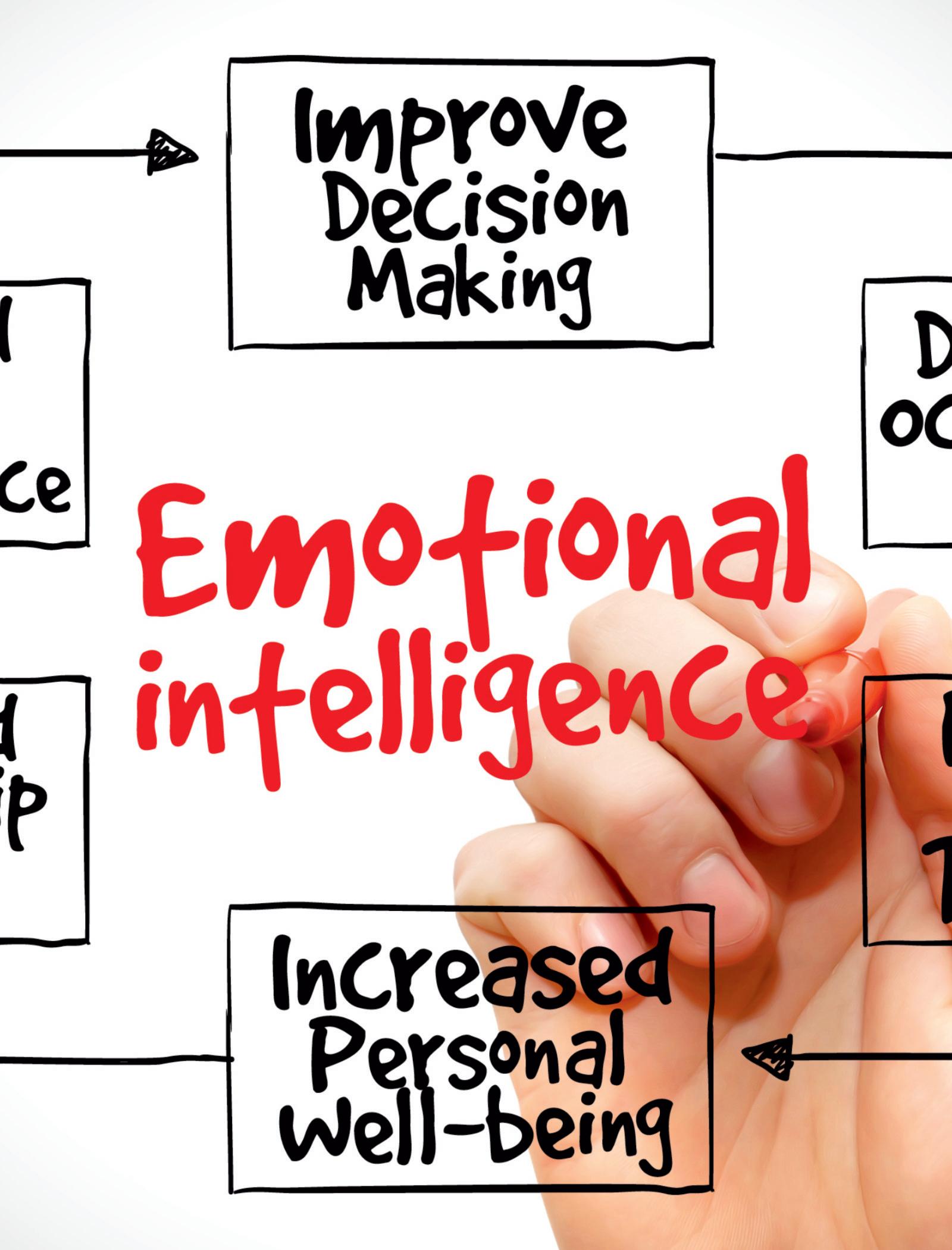



Inanagewheninfluenceismoneyandideasmoveatthe speed of a click, the borders between the academy and public life are dissolving. Professors, researchers, and teachers formerly mostly restricted to the lecture hall, scholarly journal, and academic conference are increasingly also assuming the role of public intellectual, content provider, and international thought leader The consequence:theneweducator-influencermodel.
Thisnewroleisnotthesacrificeofrigorforreach.Rather,itis abouttakingdenseknowledgeandmakingitreadableinsight, shapingconversationoutsideoftheacademy,andleveraging platformssuchasLinkedIn,Substack,podcasting,andsocial media to be part of big public thought. With the knowledge economy,inwhichideasdriveinnovation,policy,andculture, educator-influencerisanewforce.
Public scholarship has always been with us, but its digital rebirthisreshapingitsboundariesandpotentialities.Publics now are famished for good, contextual, and timely information—specifically on issues such as climate change, education policy, artificial intelligence, public health, and social justice Digital-platform scholars can satiate this hunger, not by distilling truth to the banal, but by making it legibleandresonanttobroaderpublics.
Thought leadership in education is no longer simply about publishing in academic journals; today it encompasses writingopinioneditorials,givingTED-styletalks,producing data-driven infographics, and showing up on virtual panels

and engaging in cross-industry multidisciplinary conversation. This new interaction is expanding the educator's base while reframing the public's relationship to knowledge.
While classical academic qualifications are still the cornerstone, the power of our age is more and more determined by visibility, accessibility, and interaction. The

teacher-influencer does not compromise on academic challenge—their challenge becomes advanced. From realtime channels, they provide insight on rising phenomena, condense research into bite-sized narratives, and provide expertvoicetonationalandinternationaldebate.
Whether fighting disinformation, promoting educational transformation, or promoting equity and inclusion, they are informed by expertise and compassion. The finest educatorinfluencerscombineintellectualstrengthwithcompassionfor
connection fostering curiosity, provoking thought, and energizingactionamongvariedpublics.
Oneofthesignaturecharacteristicsofeducator-influencersis their capacity to tell stories that make data human and ideas personal. Whether via LinkedIn posts, video essays, or live webinars, they employ storytelling as an educational
instrument fostering emotional engagement while groundingtheircontentinevidence.
Thisisnotonlywiserlearningbutleadership-inspiringfuelas well. Teachers who place their ideas in the context of realworld impact how a model of leadership changes organizational culture, or how an economic principle works whenappliedtocityform—aremorelikelytosparkinterest andcommunitiesofinterest.
Educator-influencers'ascendancyisfueledbyabroadertrend ofdemocratizationofknowledge.Bytearingdowntheivory towers of the academic world and minimizing barriers to entry, these disruptors are working to collapse the paradigm thatwiseandqualityeducationisreservedfortheelitefew
This democratization also promotes interdisciplinary thinking. When economics professors engage publicly with climatologists or leadership coaches with AI ethicists, they create new things by way of conversation. The educatorinfluenceristhereforeabridge—betweenacademicsandthe publicandbetweenindustries,disciplines,andgenerations.
Effective educator-influencers are thoughtful about where and how they disseminate their wisdom LinkedIn is increasingly becoming a site for professional knowledge exchange and intellectual self-marketing YouTube and podcasts are forms of narrative delivery that enable rich investigationofasubject.Twitter/X,Substack,andMedium provide room for rapid commentary, serialized essays, and interactivedebate.
Instead of watering down their academic image, strategic online engagement enables teachers to have more voice, to build their own story, and establish learning communities outsideinstitutionalwalls.Thoughtleadershipinthissenseis notanafterthought—it'sapurposeful,mindfulpursuit.
InfluencewithResponsibility
With greater visibility comes greater responsibility The education-influencer must balance opinion and evidence, haste and accuracy, reach and depth. When falsehoods are spreadsoquickly,theirowndedicationtotruthandexhibition ofintellectualhonestyareessential.
Ethical influence necessitates openness about methods, acknowledgmentoflimitations,andrespectfordiversepoints of view The most successful educator-influencers are those
who use public discourse as a forum for lifting—of ideas, students,andproductivediscussion.
Easilythemostlastinginfluenceofteacher-influencersistheir abilitytoconstructanewgenerationofscholar-leaders.When studentsseethattheirteachersareaddingtotheconversation in society, the professoriate is transformed not as a cloisteredvocation,butasameanstowidespreadchange.
New scholars and would-be thought leaders, as well as technologistsandlibrarians,arebeingtrainednotonlyinthe process of research, but also in personal branding, online engagement with audience, and online pedagogy And that's creatingaricher,moresophisticatedacademy—onethatcares asmuchaboutexcellenceasitdoesaboutaccess.
Conclusion:ASeatattheTable—andaMicrophone
Intheeraofdigitalmedia,thoughtleadershipisnolongerthe domain of business leaders and entrepreneurs alone Teachers, with their subject-matter knowledge and enthusiasm for learning, are best placed to set the public agendaandcreatechangeatscale.Theeducator-influenceris notanoutlierfromtheacademicnorm—itisanevolutionofit.
By taking ownership of their role as communicators, connectors, and catalysts, these leaders are showing that the future's education and, indeed, the future's public leadership—will not merely be built in the classrooms or boardrooms,butintheshared,kineticspacewhereideasmeet action.
























www.x.com/insightssuccess

